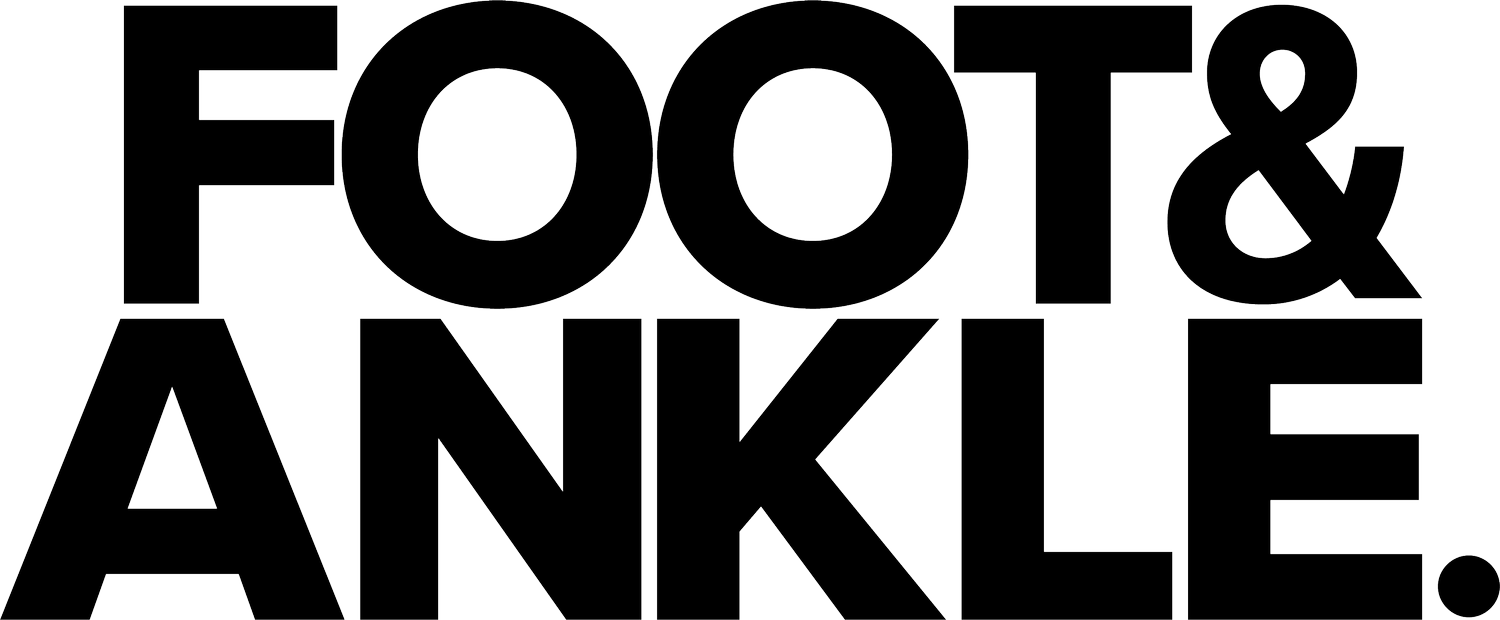Calf Requirements for Walking / Running & 5 Exercises Features to Rehab the Calf Complex
The calf muscle complex is primarily composed of two major muscles, the gastrocnemius and soleus. These muscles work together to achieve plantar flexion movements and provide stability through key phases of walking and running.
The gastrocnemius is the most superficial muscle and is made up of high twitch muscle fibers. This muscle is focused on power and producing high explosive movements such as jumping and hopping. Whereas, the soleus sits deeper to the gastrocnemius and contains a poor neural supply. Because of this, the soleus’ main role is endurance based.
To put it simply, walking and running is majorly a series of single leg exercises. Therefore, when assessing walking/running requirements, we look at each single leg capacity. The best tests to perform when looking at calf function are:
Isometric single leg calf raise
Double leg and single leg hopping
Single leg balance
Requirements that we look for as practitioners is that if patient can single leg calf raise 1.5-2 times their body weight. The data for single leg hopping should be roughly half of the double leg hopping data. And we want any asymmetries to be under 10 per cent (%). Based on the findings, will determine what stage the patient is in and whether they’re able to begin a walk/run plan.
Here are 5 key features of exercise therapy with an attached exercise to help build calf capacity from early to late stage:
Vertical force: Standing calf raise - double/single leg
Horizontal force: Modified donkey calf raise
Improve capacity of the above forces by increasing load: Calf raise weighted
Locomotive function: Up and down stairs and toe taps
Directional function – combination of the above 4 features: Hopping patterns and drop jumps
The calf is an extremely important complex when it comes to lower limb function. If you require a calf assessment, please reach out so we can implement a personal rehab plan based on your assessment findings.
Written by Cooper Garoni


